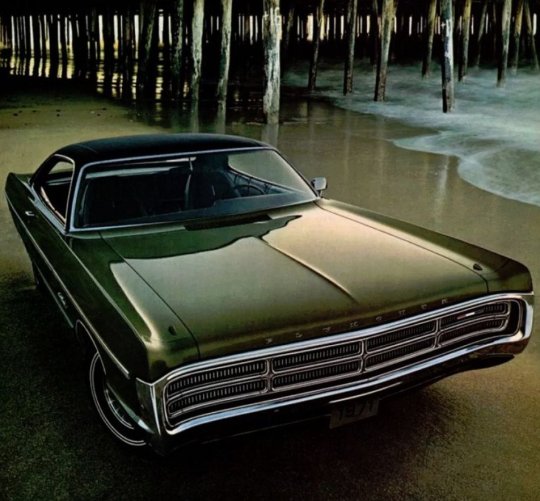#beach at plymouth
Explore tagged Tumblr posts
Text
1 note
·
View note
Text



Plymouth GTX
20 notes
·
View notes
Text

ダン
134 notes
·
View notes
Text

Plymouth Hotel in South Beach
4 notes
·
View notes
Text
oh i am so grumpy at being awake right now
#i’ve been awake for like 2 hours and actually cognisant of the fact for an hour#whose stupid idea was is to drive to plymouth???#oh wait it was mine#at least the fog is clearing so i can see some of the countryside from the M5#(ps i’m not driving my friend is driving because he knows i’d be a mild hazard today)#(my brain is going too fast to be a safe driver rn)#(i’m gonna make him go to the beach with me after we’re done with appointments)
5 notes
·
View notes
Text

"Hogging Three Parking Spaces"
digital collage & digital painting by Mick Mather
(click image to view actual size)
#Mick Mather#digital art#digital collage#digital painting#'found' images#digital manipulation#landscape#1959 Plymouth Sport Fury#beach & hotels#MickMathersARTblog
6 notes
·
View notes
Text
The English Riviera
The English Riviera!!!!
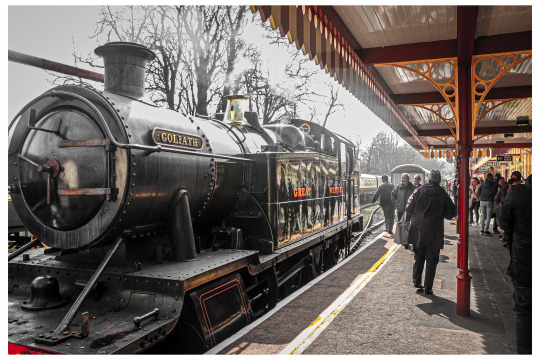
View On WordPress
#avon dam#beaches#dartmoor#dartmouth#dartmouth higher ferry#devon#England#haytor#kingsbridge#kingswear#Nature#paignton#paignton pier#plymouth#Sea#steam train#summer#torcross#torquay#UK#United kingdom
2 notes
·
View notes
Text

Mayflower II, Plymouth, Massachusetts
#mayflower#pilgrims#nature#nature photography#beach#ocean#massachusetts#history#historic#sunset#winter#plymouth
0 notes
Text
#marshfield#massachusetts#plymouth county#ocean#brant rock#cloudy#rain#waves#lee#post tropical cyclone lee#beach#sea#september#summer#wind
0 notes
Text
Can’t Miss May 2023 Events
Can't Miss May 2023 Events shares Music Festivals, Block Parties, Sci-Fi Conventions and more. Click the link to learn more and start planning your amazing May 2023!
Hello and welcome to Can’t Miss May 2023 Events. Read on to explore music festivals, sci-fi conventions and more. This travel destination guide has something for everyone to go and see in May. Let’s travel! Beach Life Festival – May 5 – May 7, 2023 The Beach Life Festival will take place in Redondo Beach, California May 5-7 2023. The festival line up shows an eclectic array of acts from across…

View On WordPress
#A Few of my Favorite Things#Alberta#Amazing Travel Adventures#Balticon#Baltimore#Beach Life Festival#Can&039;t Miss May Events#Chattanooga#Cumberland#Del Fest#Electric Daisy Carnival#Fort Fan Fest#Kilby Block Party#Las Vegas#Metrotham Con#Music Festivals#New Blog Post Alrt#Plymouth#Quantum Con#Redondo Beach#Salt Lake City#Sci-Fi Conventions#Travel Destination Guide
0 notes
Text
Shark sightings in Cape Cod Sandwich
Shark sightings off Cape Cod, including near Sandwich, have been increasing, particularly during summer months. Recent reports indicate that great white sharks have been spotted as close as 50 feet to shore in some areas around Cape Cod. The Sharktivity app, managed by the Atlantic White Shark Conservancy, tracks shark activity and provides real-time data on sightings. These reports are…
#beach at Plymouth#sandwich cape code#Sandwich Inn & Suites Directions#Sandwich Inn and Suites#Shark sightings in Cape Cod Sandwich
1 note
·
View note
Text





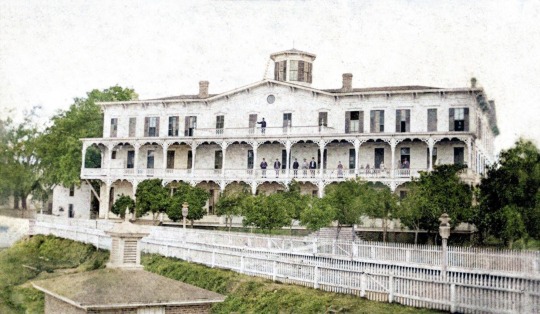

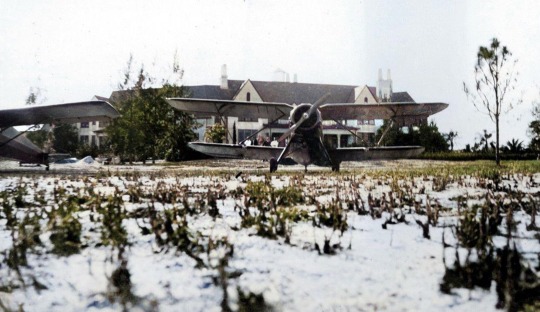
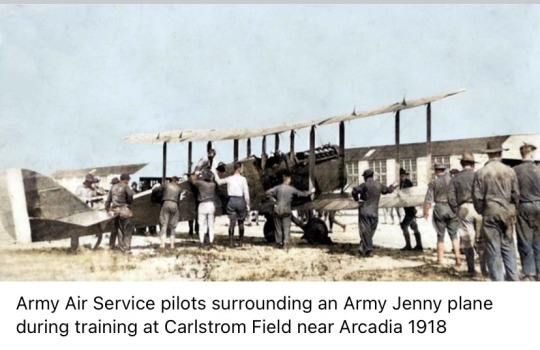
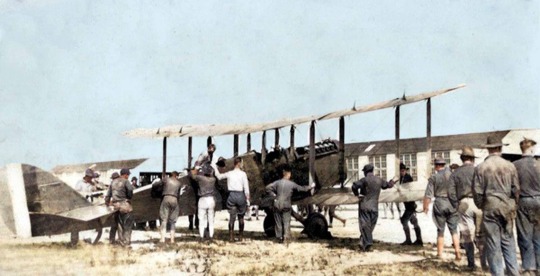
0 notes
Text
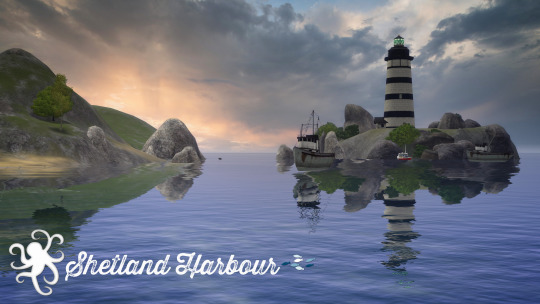
A BRAND NEW SIMS 3 WORLD : SHETLAND HARBOUR
And here we are ... At last :D
10 years ago, Rope crafted a remarkable world, inspired by Starlight Shores, and generously given away to the community : Brightwater.
We embraced this gift, transforming and reshaping it, creating an island to eliminate distant terrain, and thus, Shetland Harbour was born ...
While many creators have fashioned stunning Sims 3 worlds with a Northern charm—like Saaqartoq, Greymont Bay, Lillebror, or Plymouth Isles—ours, stands a little apart.
Shetland Harbour is a unique blend : a touch of Aurora Skies, a hint of Moonlight Falls, and a dash of the unfortunate Barnacle Bay, all interwoven with our own vision of course. It is a vast yet easily navigable world, balanced between lightness and richness, featuring nearly all the Rabbit Holes the game offers.
Our aim was to craft a cohesive and vibrant world, one that feels alive and contemporary, with harmonious architecture and a spirit that invites exploration and delight :)
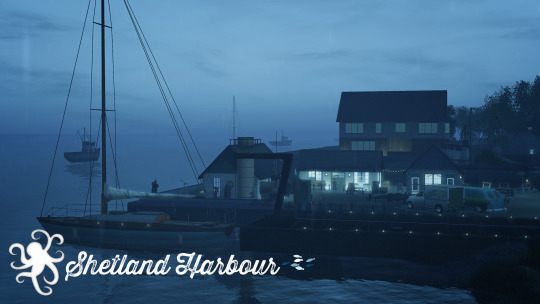
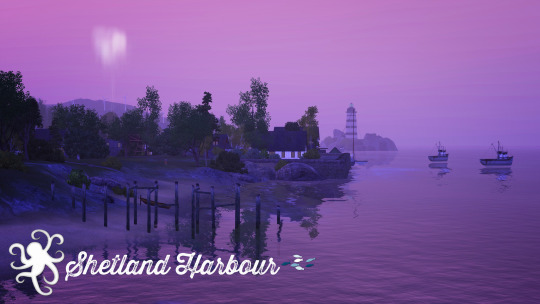
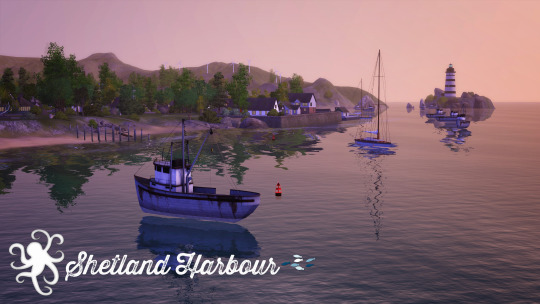
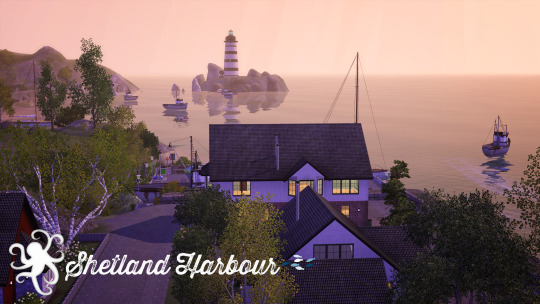
Welcome to Shetland Harbour, a picturesque coastal town nestled between rolling green hills and a fantastic bay … It is a beautiful medium/large-sized world, a community nestled on its own secluded island, accessible only by ferry. The town is known for its charming cobblestone streets, a vibrant fish market, and a rich history dating back centuries, dotted with quaint cottages, a bustling coast, and a grand lighthouse standing guard at the harbor’s entrance ...
This hidden gem is a haven for sheep, but don't let that fool you – Shetland Harbour is far from a sleepy place. With its rich maritime history, the town offers a unique blend of tradition and vibrant local culture.
Designed to capture the essence of a northern European island, Shetland Harbour offers a self-contained community with 100 lots in total : 65 residential lots + 35 community lots. Each Lot ( except the Old Renovated Factory ) is fully furnished.
In addition, there are multiple sheep ( all by Murfeel ) fields here and there – the latter being especially dear to the local culture, a close-knit community, where the ocean's presence is always felt and the simplicity of rural life is celebrated.
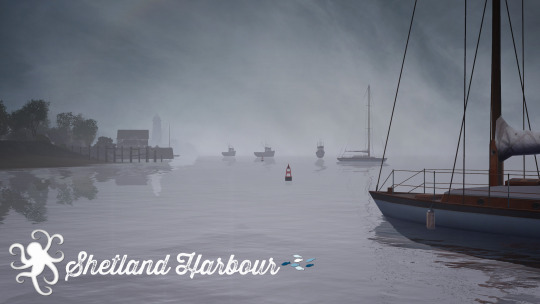
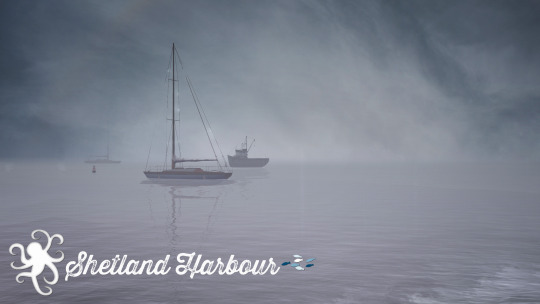
Shetland Harbour combines a lively downtown with peaceful suburbs and serene neighborhoods, featuring quaint cottages, charming gardens, and scenic paths through lush greenery.
The town's historic churches, like Old Church, Albert Church or Lux Chapel, are steeped in tales of ancient rituals and ghostly apparitions ... Albert Church, built on a Druidic site, is haunted by druid spirits, while Lux Chapel is known for the ghost of a sailor, seen on stormy nights ...
The mysterious stone circle inside the Graveyard, Ghost Place, adds to the island's mystical allure. Rumored to be a portal to another realm, it activates during celestial alignments, with visitors reporting strange occurrences. Town elders speak of a prophecy foretelling the return of ancient spirits and the awakening of the island's mystical powers. Signs include a rare star alignment, the stone circle's awakening, and three chosen individuals with the island's ancient bloodline ...
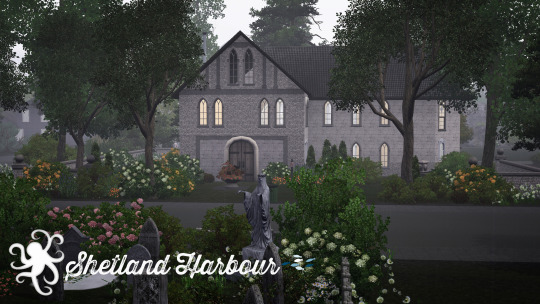
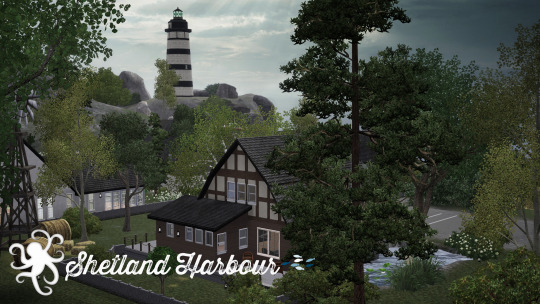
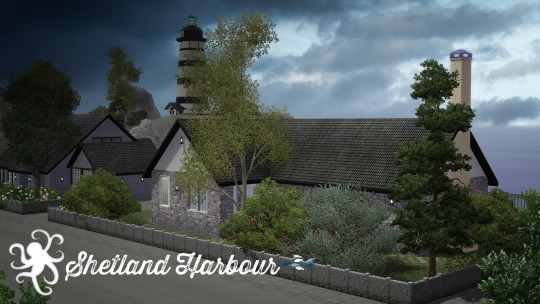
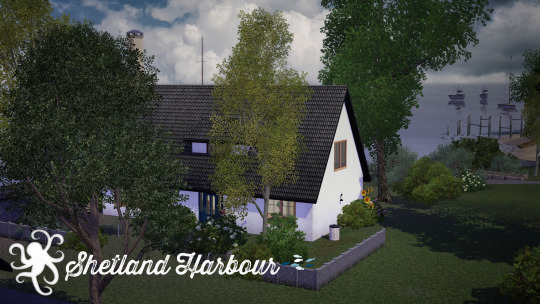
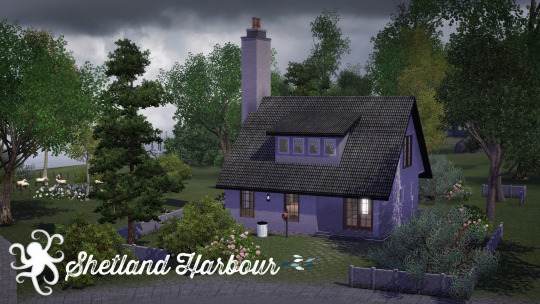
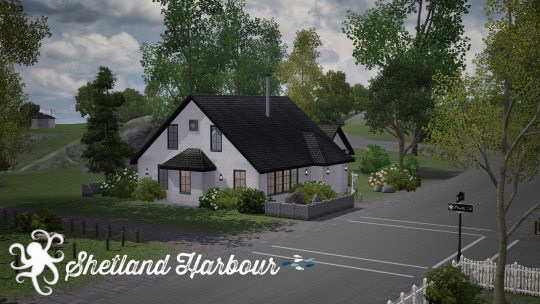
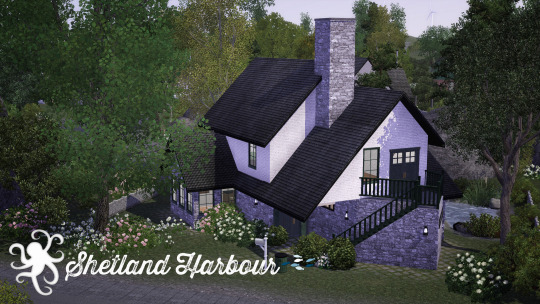
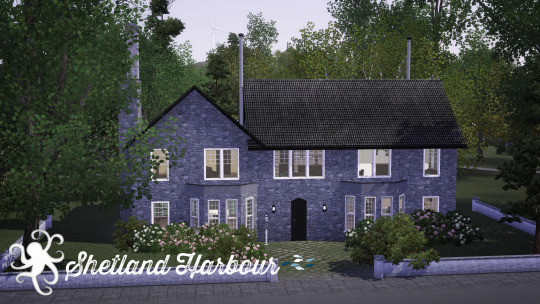
• Harbor Bay : The central feature of Shetland Harbour is its expansive bay. The bay is a natural harbor with calm, crystal-clear waters, making it ideal for fishing and sailing. It is surrounded by gently sloping hills and cliffs that provide stunning vistas of the sea. The marina is bustling with fishing boats, sailboats, and yachts sometimes … It’s the hub of maritime activity, with a fish market ( aka Grocery Store ), boat repairs, and a sailing club ( aka Business and Journalism Center )
• Lighthouse District : Right beside the Harbour, stands the Lighthouse Point, this district features historical homes and buildings, including a Norman cottage, a strange Diner and higher into the Hills, a fantastic museum dedicated to the town’s maritime history and a recent Hospital ready to welcome all the citizens of Shetland Harbour :)
• Beaches : The Coastline is dotted with sandy beaches, perfect for beachcombing, picnics, and bonfires. These areas are popular spots for locals and tourists alike. And you may want building some Coastal Houses for your Sims which is possible almost all alongside the sea ;)
• Old Town : The heart of Shetland Harbour is the Old Town, characterized by cobblestone streets, historic buildings, and a charming town square. Shetland Harbour's downtown area is a kinda picturesque pedestrian square, and quaint paths perfect for leisurely strolls …The Old Town includes the Town Hall, the Old Toad, the Talking Dog, a Fish and Chips, and even a Geek Store, all of them under the shadow of one of the oldest shop of the Island : the Elixirium ...
• Rolling Hills : Surrounding the town are rolling green hills covered in wildflowers and dotted with grazing sheep. These hills are perfect for hiking and offer panoramic views of the town and the bay. Beware of the fog !
• Forests and Woodlands : To the north of the town are more dense forests and woodlands with waterfalls upstream of the river which separates part of the island. These areas are home to various wildlife and provide a natural retreat for the residents. There are several well-maintained trails for hiking and exploring :)
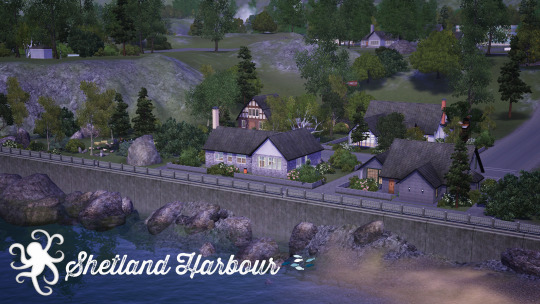
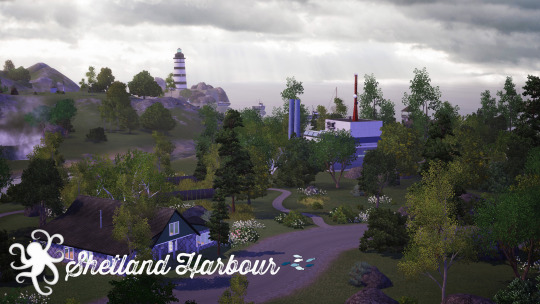
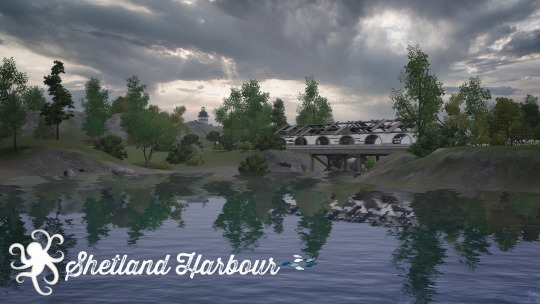
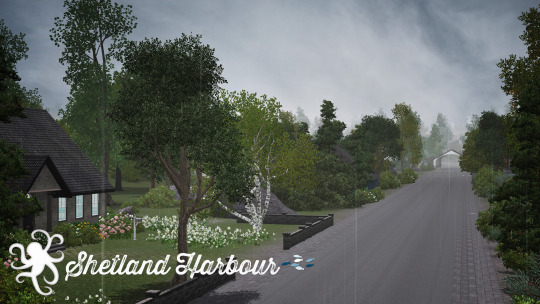
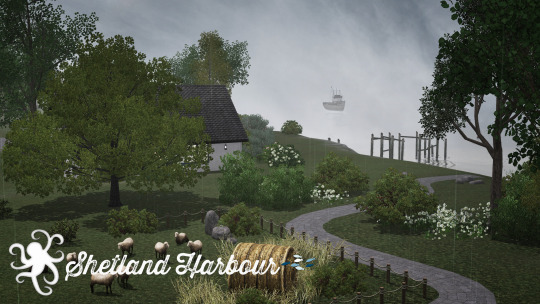
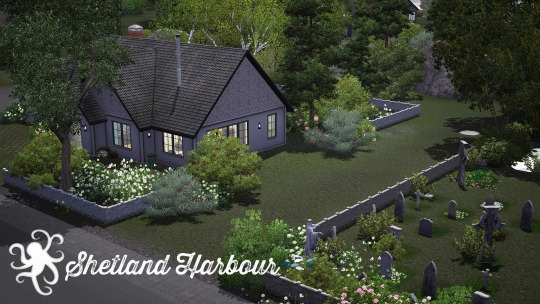
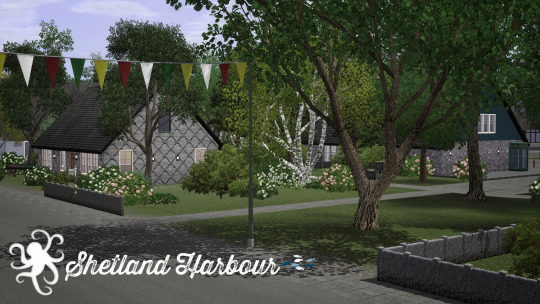
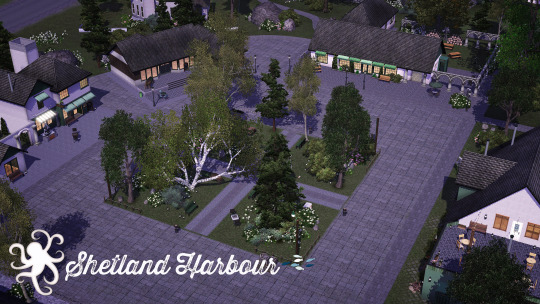
Come and explore Shetland Harbour all your content ... Whether you're building your dream home, running a local business, or simply soaking in the serene atmosphere, this unique town promises endless possibilities and a truly captivating experience ...
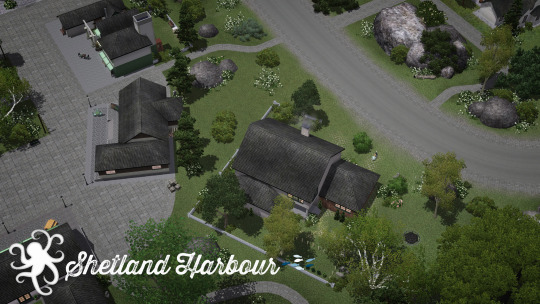
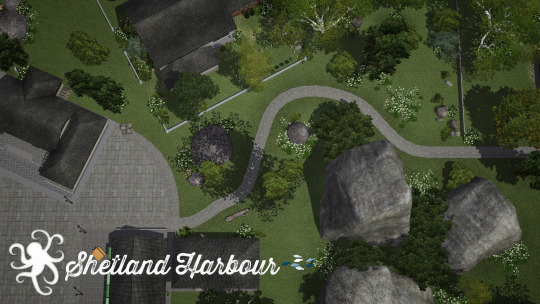
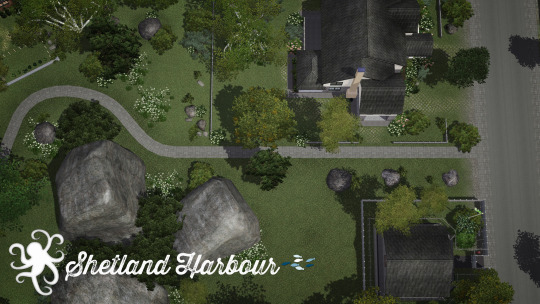
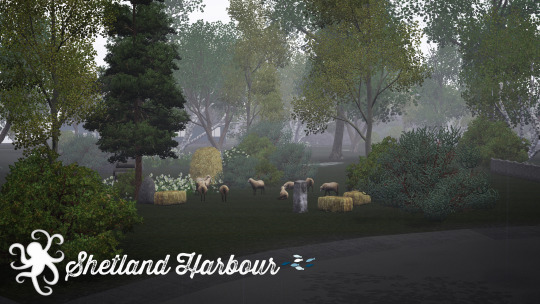
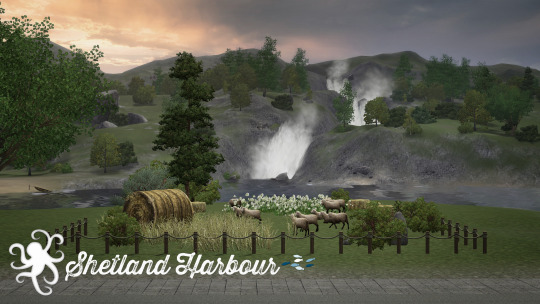
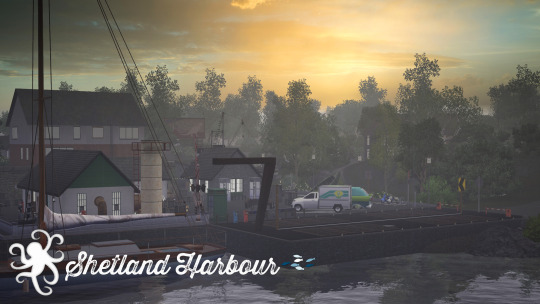
Download Shetland Harbour today and start your new adventure!
\o/
- - - - - - - - - - - - - - - - - - - - - - -
IMPORTANT : Before downloading Shetland Harbour !!!
Shetland Harbour contains custom content. As much as we try to include them into the world building process, we learned with time the necessity of providing a list those items. No worries, we used the same cc creators as usual and added 2 or 3 more. Such as the grey/dark roof we made, based on the terracotta roof of the game and the Wood walls you'll find on different lots, the same as the ones of Oaksoak Hollow ... Or more important, the boats used in the world and of course ... The sheeps ! All you need should be included and/or available down here ;)
1) the ANTS & CC :)
ANTS stand for Absolute Necessary Things & Stuff to enjoy Shetland Harbour :)
Download ANTS and CC ( both are needed to have all the right textures, the right look and feel of Shetland Harbour )
You will need too some of our Rabbit Holes
Not mandatory but nice : our 88 Patterns mostly brick, masonry, concrete and wood ;) A bit of fabric & paper too ...
ATTENTION : if you have played with one of our Worlds, you might see duplicate files. We try to use the same objects as much as possible. Of course, you don't have to install twice. Skip whatever you already have. We use Blams objects for some Sims 3 objects ... so if you already have those objects from any other means, just skip ;)
CREDITS & THANKS due to all the following creators :
ATS, Noir and Dark Sims, pitheinfinite, Brunnis-2, Blams, CycloneSue, HydrangeaChainsaw, Leroy157, Lisen801, Murfeele, Nilxis, PotatoBalladSims, Qahne, TheJim07, Mammut ( from BlackSimsZoo ) BlueCoco, BuffSumm, JomSims, Ladesire, Mutske
2) the Saved Games
They are in the same page than Shetland Harbour itself. You have the choice between Unpopulated and Half-populated. Whatever you choose, we always strongly advice with a save game ;) But as far we know, once we delivered a World, it is entirely up to you to begin a new adventure and make your own challenges with your own Sims :D
Download a save game
3) the Lots ( both residential & community )
Quite a bursting town, Shetland Harbour has 100 lots : 65 residential and 35 community and very important : many small sheep fields ( visitors not allowed com lots )
Download ALL the lots
Some lots are Maxis ones we modified, some lots are our own creations, and for the others, they come mostly from MTS ;) And we are very grateful to those creators who always offer a special flavor to our Worlds :)
CarlDillynson - Bellakenobi - Bast - MySimRealty - stonee206 - Norn - Cutbacks - Ferguson Avenue - SimplySimlish - hazelnutter100 - PolarBearSims - RubyRed2021 - CircusWolf - Moihi - Lasciel
Well, it is time for discovery now and you are ready for sure ! We wish you all the best, all the fun with your new life in Shetland Harbour !
Download Shetland Harbour World
PS : Shetland Harbour is a medium/large sized world of 88MB, and has been tested 1 week long on both Mac and Pc ;)
xoxo - blackgryffin
#the sims 3#sims 3 gameplay#sims 3#thesims3#ts3#sims3 worlds#sims3 build#shetland harbour#sims 3 world#sims3 cc#k hippie#k-hippie
816 notes
·
View notes
Text
D-Day was 80 years ago today!
D-Day was the first day of Operation Overlord, the Allied attack on German-occupied Western Europe, which began on the beaches of Normandy, France, on 6 June 1944. Primarily US, British, and Canadian troops, with naval and air support, attacked five beaches, landing some 135,000 men in a day widely considered to have changed history.
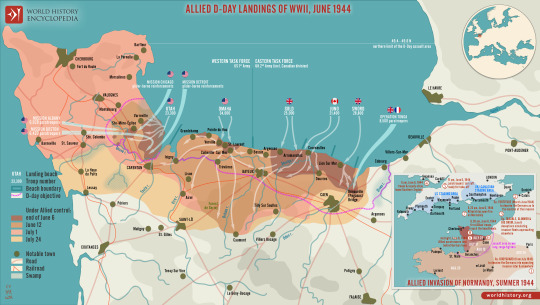
Where to Attack?
Operation Overlord, which sought to attack occupied Europe starting with an amphibious landing in northwest France, Belgium, or the Netherlands, had been in the planning since January 1943 when Allied leaders agreed to the build-up of British and US troops in Britain. The Allies were unsure where exactly to land, but the requirements were simple: as short a sea crossing as possible and within range of Allied fighter cover. A third requirement was to have a major port nearby, which could be captured and used to land further troops and equipment. The best fit seemed to be Normandy with its flat beaches and port of Cherbourg.
The Atlantic Wall
The leader of Nazi Germany, Adolf Hitler (1889-1945), called his western line of defences the Atlantic Wall. It had gaps but presented an impressive string of fortifications along the coast from Spain to the Netherlands. Construction of gun batteries, bunker networks, and observation posts began as early as 1942.
Many of the German divisions were not crack troops but inexperienced soldiers, who were spending more time building defences than in vital military training. There was a woeful lack of materials for Hitler's dream of the Atlantic Wall, really something of a Swiss cheese, with some strong areas, but many holes. The German army was not provided with sufficient mines, explosives, concrete, or labourers to better protect the coastline. At least one-third of gun positions still had no casement protection. Many installations were not bomb-proof. Another serious weakness was naval and air support. The navy had a mere 4 destroyers available and 39 E-boats while the Luftwaffe's (German Air Force's) contribution was equally paltry with only 319 planes operating in the skies when the invasion took place (rising to 1,000) in the second week.
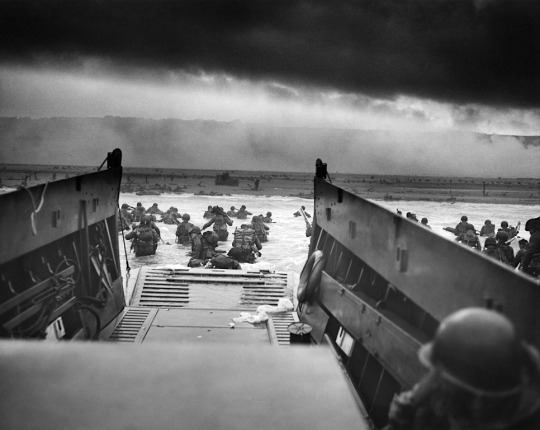
Neptune to Normandy
Preparation for Overlord occurred right through April and May of 1940 when the Royal Air Force (RAF) and United States Air Force (USAAF) relentlessly bombed communications and transportation systems in France as well as coastal defences, airfields, industrial targets, and military installations. In total, over 200,000 missions were conducted to weaken as much as possible the Nazi defences ready for the infantry troops about to be involved in the largest troop movement in history. The French Resistance also played their part in preparing the way by blowing up train lines and communication systems that would ensure the defenders could not effectively respond to the invasion.
The Allied fleet of 7,000 vessels of all kinds departed from English south-coast ports such as Falmouth, Plymouth, Poole, Portsmouth, Newhaven, and Harwich. In an operation code-named Neptune, the ships gathered off Portsmouth in a zone called 'Piccadilly Circus' after the busy London road junction, and then made their way to Normandy and the assault areas. At the same time, gliders and planes flew to the Cherbourg peninsula in the west and Ouistreham on the eastern edge of the planned landing. Paratroopers of the 82nd and 101st US Airborne Division attacked in the west to try and cut off Cherbourg. At the eastern extremity of the operation, paratroopers of the 6th British Airborne Division aimed to secure Pegasus Bridge over the Caen Canal. Other tasks of the paratrooper and glider units were to destroy bridges to impede the enemy, hold others necessary for the invasion to progress, destroy gun emplacements, secure the beach exits, and protect the invasion's flanks.
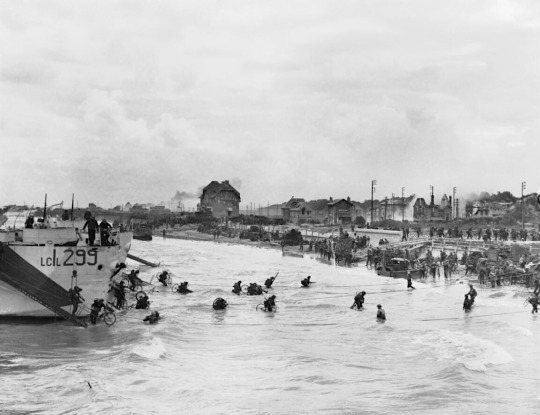
The Beaches
The amphibious attack was set for dawn on 5 June, daylight being a requirement for the necessary air and naval support. Bad weather led to a postponement of 24 hours. Shortly after midnight, the first waves of 23,000 British and American paratroopers landed in France. US paratroopers who dropped near Ste-Mère-Église ensured this was the first French town to be liberated. From 3.00 a.m., air and naval bombardment of the Normandy coast began, letting up just 15 minutes before the first infantry troops landed on the beaches at 6.30 a.m.
The beaches selected for the landings were divided into zones, each given a code name. US troops attacked two, the British army another two, and the Canadian force the fifth. These beaches and the troops assigned to them were (west to east):
Utah Beach - 4th US Infantry Division, 7th US Corps (1st US Army commanded by Lieutenant General Omar N. Bradley)
Omaha Beach - 1st US Infantry Division, 5th US Corps (1st US Army)
Gold Beach - 50th British Infantry Division, 30th British Corps (2nd British Army commanded by Lieutenant-General Miles C. Dempsey)
Juno Beach - 3rd Canadian Infantry Division (2nd British Army)
Sword Beach - 3rd British Infantry Division, 1st British Corps (2nd British Army)
In addition, the 2nd US Rangers were to attack the well-defended Pointe du Hoc between Utah and Omaha (although it turned out the guns had never been installed there), while Royal Marine Commando units attacked targets on Gold, Juno, and Sword.
The RAF and USAAF continued to protect the invasion fleet and ensure any enemy ground-based counterattack faced air attack. As the Allies could put in the air 12,000 aircraft at this stage, the Luftwaffe's aerial fightback was pitifully inadequate. On D-Day alone, the Allied air forces flew 15,000 sorties compared to the Luftwaffe's 100. Not one single Allied aircraft was lost to enemy fire on D-Day.
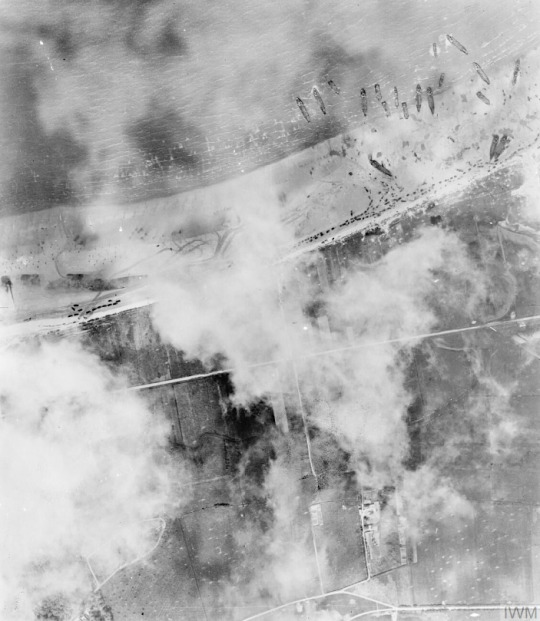
Packing Normandy
By the end of D-Day, 135,000 men had been landed and relatively few casualties were sustained – some 5,000 men. There were some serious cock-ups, notably the hopeless dispersal of the paratroopers (only 4% of the US 101st Air Division were dropped at the intended target zone), but, if anything, this caused even more confusion amongst the German commanders on the ground as it seemed the Allies were attacking everywhere. The defenders, overcoming the initial handicap that many area commanders were at a strategy conference in Rennes, did eventually organise themselves into a counterattack, deploying their reserves and pulling in troops from other parts of France. This is when French resistance and aerial bombing became crucial, seriously hampering the German army's effort to reinforce the coastal areas of Normandy. The German field commanders wanted to withdraw, regroup and attack in force, but, on 11 June, Hitler ordered there be no retreat.
All of the original invasion beaches were linked as the Allies pushed inland. To aid thousands more troops following up the initial attack, two artificial floating harbours were built. Code-named Mulberries, these were located off Omaha and Gold beaches and were built from 200 prefabricated units. A storm hit on 20 June, destroying the Mulberry Harbour off Omaha, but the one at Gold was still serviceable, allowing some 11,000 tons of material to be landed every 24 hours. The other problem for the Allies was how to supply thousands of vehicles with the fuel they needed. The short-term solution, code-named Tombola, was to have tanker ships pump fuel to storage tanks on shore, using buoyed pipelines. The longer-term solution was code-named Pluto (Pipeline Under the Ocean), a pipeline under the Channel to Cherbourg through which fuel could be pumped. Cherbourg was taken on 27 June and was used to ship in more troops and supplies, although the defenders had sunk ships to block the harbour and these took some six weeks to fully clear.
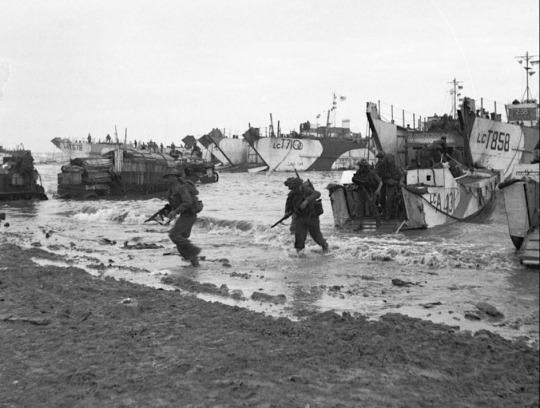
Operation Neptune officially ended on 30 June. Around 850,000 men, 148,800 vehicles, and 570,000 tons of stores and equipment had been landed since D-Day. The next phase of Overlord was to push the occupiers out of Normandy. The defenders were not only having logistical problems but also command issues as Hitler replaced Rundstedt with Field Marshal Günther von Kluge (1882-1944) and formally warned Rommel not to be defeatist.
Aftermath: The Normandy Campaign
By early July, the Allies, having not got further south than around 20 miles (32 km) from the coast, were behind schedule. Poor weather was limiting the role of aircraft in the advance. The German forces were using the countryside well to slow the Allied advance – countless small fields enclosed with trees and hedgerows which limited visibility and made tanks vulnerable to ambush. Caen was staunchly defended and required Allied bombers to obliterate the city on 7 July. The German troops withdrew but still held one-half of the city. The Allies lost around 500 tanks trying to take Caen, vital to any push further south. The advance to Avranches was equally tortuous, and 40,000 men were lost in two weeks of heavy fighting. By the end of July, the Allies had taken Caen, Avranches, and the vital bridge at Pontaubault. From 1 August, Patton and the US Third Army were punching south at the western side of the offensive, and the Brittany ports of St. Malo, Brest, and Lorient were taken.
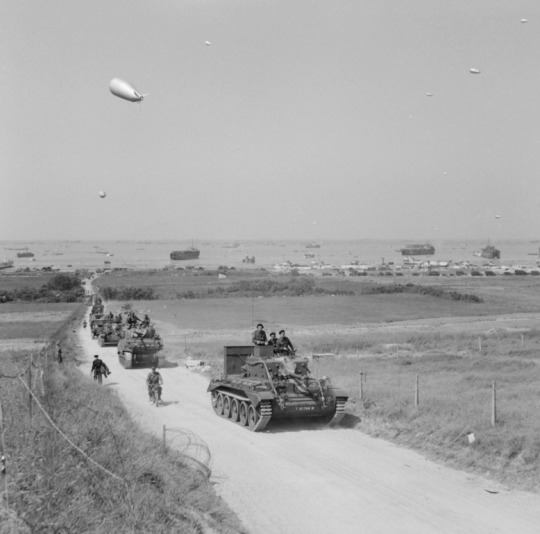
German forces counterattacked to try and retake Avranches, but Allied air power was decisive. Through August 1940, the Allies swept southwards to the Loire River from St. Nazaire to Orléans. On 15 August, a major landing took place on the southwest coast of France (French Riviera landings) and Marseille was captured on 28 August. In northern France, the Allies captured enough territory, ports, and airfields for a massive increase in material support. On 25 August, Paris was liberated. By mid-September, the Allied troops in the north and south of France had linked up and the campaign front expanded eastwards pushing on to the borders of Germany. There would be setbacks like Operation Market Garden of September and a brief fightback at the Battle of the Bulge in December 1944, but the direction of the war and ultimate Allied victory was now a question of not if but when.
138 notes
·
View notes
Text
The State Birds Initiative: Massachusetts (#6)

Whoa, it's December already? Wow! Been a while since I made one of these, but I honestly needed the break I think. So, uh...where were we? Ah, right.
Welcome to the sixth official poll of the State Birds Initiative! Before the poll, though, one thing real quick, and I cannot emphasize this enough! Read the post below before voting in the poll! It's not a requirement, but it is a real firm suggestion, especially important if you're lacking context about the birds being presented as the new (or old) State Bird of the Bay State, Massachusetts. This is to be fully informed as to why these are being presented, and to make your choices appropriately. Lastly, some of these birds, you will notice, *may *go against some of the rules listed in the introduction post. All is explained after the jump where the explanations are, I promise you that. With that...OK! Here's the poll!
Welcome to the sixth official poll of the State Birds Initiative! Before the poll, though, one thing real quick, and I cannot emphasize this enough! Read the post below before voting in the poll! It's not a requirement, but it is a real firm suggestion, especially important if you're lacking context about the birds being presented as the new (or old) State Bird of the Bay State, Massachusetts. This is to be fully informed as to why these are being presented, and to make your choices appropriately. Lastly, some of these birds, you will notice, may go against some of the rules listed in the introduction post. All is explained after the jump where the explanations are, I promise you that. With that...OK! Here's the poll!

Massachusetts, baby! I've had to travel away from the Bay State in the past week for a conference, but I'm excited to get back to this surprisingly great state. I say surprisingly because Massachusetts' reputation isn't a greatest for those outside of it, but living in it has definitely changed my mind for a number of reasons! That said, the time has come to talk about it a bit. The sixth smallest state in the union, Massachusetts is home to a number of prominent cities, both historically and contemporaneously. There is of course, Boston, the capital and largest city seen above via the big-ass CITGO sign. And while that's the city people equate with the entire state, let's not forget Worcester, Springfield, Cambridge, Lowell, Plymouth, Salem, Amherst, Natick, Cape Cod, etc., etc., etc. There's a whole-ass pile of classic New England cities in this small state, as well as a bevy of habitats and natural spaces.
So, to get into it a bit, Massachusetts is smack-dab in the New England temperate forests, with the highlands dominating the western portion of the state, and a flat lowland coastal region in the eastern half. Forests are temperate mixed, which contributes to the legendary falls that we see in New England. The coastal regions, meanwhile, are glacial in origin, covered in wetlands towards the center of the state, and beaches on the shores. Also of note are the various coastal marshes throughout the state, which serve as their own predominant habitats. Using the BioMap2 project as a framework, let's talk a little bit about these habitats.
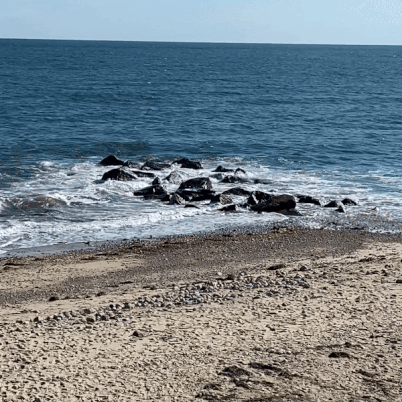
Massachusetts, of course, sits on the Atlantic Ocean, which certainly isn't a first for this list, but is vitally important as we go further north into New England. In the case of Massachusetts, we're looking at sandy beaches and dune habitats as prominent foraging and nesting areas for various shorebirds, which does make shorebirds a high likely focus for this list. Some of you probably know one of the most important birds we'll be looking at, but we'll get to that one, don't worry.
Alongside the beaches, estuaries are a prominent habitat along the shorelines. Places like Plum Island, in northern Massachusetts, or Belle Isle Marsh in the middle of Boston itself, personally come to mind. Massive saltmarshes that are vital stopover habitats for migrants, habitats for insects and endangered turtles, and coastal salt ponds and tidal marshes that house incredible biodiversity within them. There's a lot of focus coming to the coastlines, that's what I'm saying. All of these habitats and the species within them comprise about 41,000 acres of land, and about 75% of that is in danger from development and rising sea levels.
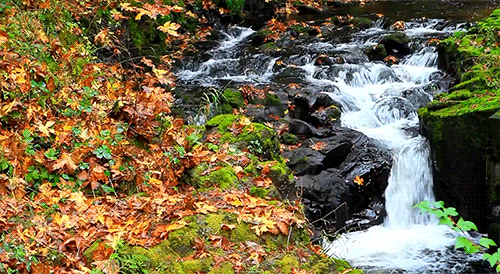
Now, I'm gonna skip over a bunch of other habitats here, especially freshwater wetlands and riparian habitats, because while these are extremely important, they won't be getting as much focus here. Now, we need to move on to the forests. I've talked about them before in Connecticut, New Jersey, and Pennsylvania, but we've got a very specific situation here in Mass. Here, because of the large number of people and settlements, fragmentation is a very prominent problem in the state. For the uninitiated, habitat fragmentation is basically what it sounds like: splitting up habitat by roads or other man-made corridors, breaking up populations of several animals, birds included. Doesn't sound like a big deal to animals that can fly, but birds don't like crossing corridors if they can help it, because it makes them vulnerable to predation (of adults and nests) and car strikes. So, forests of New England and Massachusetts are a habitat of needed focus. And while this will receive a slightly lesser focus, most likely, it's still a place we'll take a look at.
These three habitat types, wetland, coastal, and forest, are the most important in Massachusetts, as well as in New England (which, again, will change slightly as we head further north). But there's also the ever-important human element to consider, ESPECIALLY here.

While I said Boston doesn't define the entire state, and it doesn't, it's also the second most populated city on our list of states thus far, and happens to be one of the most important places in the country historically. Let's not forget, this is basically the seat of the American Revolution in many ways, so it's a pretty major part of our cultural identity as a country. And trust me, Boston is fully aware of that fact. I'm never one to dabble in stereotypes, but Bostonians are extremely proud to be Bostonians most of the time. It's a proud city, and that's understandable from a traditional point of view.
Plus, with Plymouth Rock 40 minutes to the south (and not worth the drive, from what I've heard), the textile-based seat of the American Industrial Revolution 40 minutes to the north (looking at you, Lowell), the site of the "shot heard round the world" 15 minutes away (Concord and Lexington, of course), the oldest American university 5 minutes away (Cambridge, of course), and the home of the legend of the American witch about an hour north (Salem, of course)...look, it's a central hub of the state, and it WILL not be ignored! So, with that said, grab some coffee from Dunks and some clam chowdah, let's settle in and check out some birds!
If anybody has a suggestion that I hadn't brought up here, send it my way! I will absolutely add another poll if there are entries I think could bear fruit. But, in the meantime, read on if you're interested in the possible choices for the State Bird of Massachusetts!
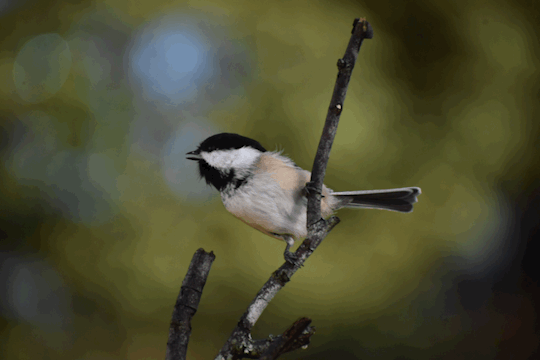
Black-capped Chickadee (Poecile atricapillus)
I gotta say, I have a real soft-spot for these guys. Although, to be fair, I think most people do! Named after their iconic call, and their memorable black cap, the Black-capped Chickadee (Poecile atricapillus) is one of the most iconic birds of New England, and arguably of North America. I say arguably only because there are a few chickadees in the United States, but the Black-capped is one of the most famous. We'll revisit the rest in two later posts, but this one is our focus today.
This bird was originally chosen because, well, it's iconic. I assume. To be honest, I don't actually know why it was chosen, outside of it being recognizable. It's also possible (POSSIBLE) that it was inspired by nearby Maine's choice of State Bird. But that's a choice we'll get to at a later date, I promise you that. As for the BCCH here, does it fit the state? I'll be honest, I actually like the chickadee for Massachusetts' State Bird. Partially, that's because it's a bird that can be found all throughout it with no difficulty, and it's an excellent beginner bird for kids (and just-starting amateurs). But, it's also small and incredibly scrappy, just like Massachusetts. I've had these guys in hand before, and I tell you, these little bastards'll hammer away at your cuticles with their beaks to get you to let them go. Doesn't hurt, unless they really try to grab on and twist at a sensitive spot, but they're fighters!

They're also quite social and vocal, which also fits residents of the Bay State. They have a unique language, with an alarm call that's recognizable by multiple bird species for warning, and it's also their most famous call ("chick-a-dee-dee-dee-dee"). The more "dees" there are, the higher the perceived threat is, fun fact. They hang out in groups in the winter, both with other chickadees and other birds, and their brains generate new neurons in the autumn and winter to remember and navigate to places where they can find food during a difficult harvesting season. That's how I feel when I have to remember where the nearest Dunks is for coffee, not gonna lie.
I realize that I'm making some convincing arguments for the incumbent here, but...yeah, there's a reason. I do honestly think this is a solid choice for the State Bird of Massachusetts, so I'll support its re-election if that occurs. But with that said and presented, let's move on to the challengers. Some are good, some are mediocre, and some are a bit surprising. And some...should maybe belong to a different state.
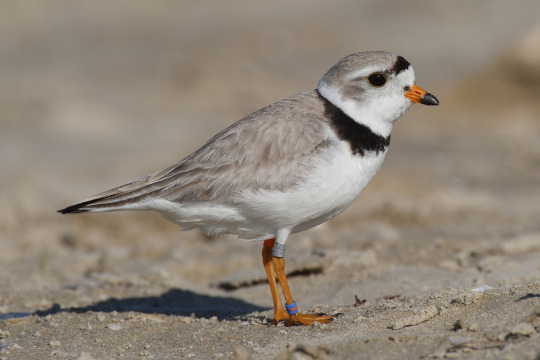
Piping Plover (Charadrius melodus)
eBird's suggestion is, unsurprisingly, the Piping Plover (Charadrius melodus), because a whopping 25% of the breeding population can be found in Massachusetts, according to eBird Status and Trends. And WOW, that is a massive proportion. That means, just to make this clear, one in 4 of ALL Piping Plovers are born in Massachusetts. Significant proportion, meaning that this has a claim on the role of MA State Bird for that reason alone. And Massachusetts certainly knows this, as several beaches in the state are shut down during the plover breeding season to allow them to nest in peace, without human disturbance.
In fact, when Piping Plovers were declared endangered in the Endangered Species Act, Mass Audubon launched the Coastal Waterbird Program to protect them and a later entry on this list. The population has exploded tenfold in the last 40 years of conservation work, and these are a pretty easy to find species now, if you're looking for them. This is a great introductory bird, both to conservation efforts, and to shorebirds (which are notoriously difficult to identify). It's also, surprisingly for shorebirds of this ilk, pretty easy to identify. And also...they're incredibly cute. I mean, have you seen the babies? It's crazy how cute they are. Seriously, LOOK AGAIN. Precious. Another solid candidate, and an excellent representative of the beaches of Massachusetts.
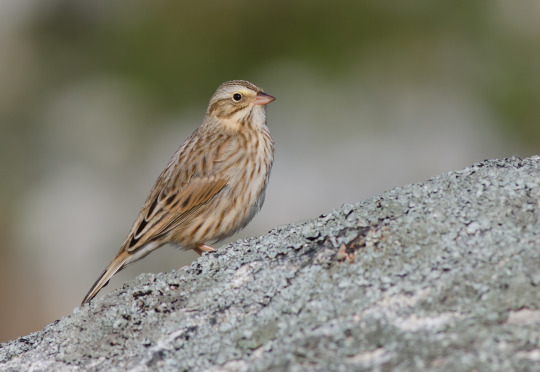
Ipswich Sparrow (Passerculus sandwichensis princeps)
Ah, the Savannah Sparrow (Passerculus sandwichensis). We meet again. Sorry to abandon you back there in Georgia, but to be fair, you were only nominated there because you're named after a major city in the state. But here...ah, wait, right, same thing. Now, to be fair, you've probably mentioned that the nominated bird is the Ipswich Sparrow (Passerculus sandwichensis princeps), not the Savannah Sparrow. But this is, of course, a subspecies of the Savannah Sparrow, named after Ipswich, Massachusetts due to its first sighting there. Larger and paler than its compatriots, the Ipswich Sparrow is known from Massachusetts...but breeds in Nova Scotia. Yeah, we've got another Connecticut Warbler (Oporornis agilis) situation here. Yikes.
So, is there a reason to nominate this bird for Massachusetts outside of its name? Well...actually kinda. These pale sparrows are, to be fair, pretty uniquely found in Massachusetts. And, while this isn't the only place you can see it, it is a reliable place to find it. It's sighted on the dunes on the Massachusetts coast, blending in with the light-colored sand, and making its way to and from Nova Scotia, where it only breeds on one island. So, conservation concern (and focus), seen in the state (even if it doesn't breed there), relies on some of its habitats of focus (saltmarshes and coastlines), has a tie to it that's unique to Massachusetts...it's something. Not as good as other options, but...something. In any case, let's move on.

Snowy Egret (Egretta thula)
Hold on. We saw this guy in the Connecticut post! What is this post, a bunch of repeats? Well, to be fair here, the Snowy Egret (Egretta thula) is a slightly better fit for Massachusetts than it was for Connecticut...for the exact same reason it was suggested for Connecticut. Well, part of it, anyway. I stand by the idea of applying the "macaroni" label to the Snowy Egret to fit with Connecticut, but it's the Audubon Society part I'm focusing on here. Lemme quote the previous post:
To be clear here, quite a lot of birds were used in millinery back in the day, but the Snowy Egret (and the Great Egret (Ardea alba), for that matter) are special. Those long white feathery plumes were heavily prized as hat decorations, enough so that the species nearly went extinct from hunting them for the hat trade. As a result of that, people began to turn their eye towards conservation of the species, and the protection of birds in general. Two women, Harriet Hemenway and Minna B. Hall, got a group of women together to protect the birds. They rallied the troops, and their organization became fairly popular. Eventually when they sought to name it, they did so after one of the most famous ornithologists in American history at the time: John James Audubon. And from there...well, you can guess.
The Audubon Society is one of the premiere bird conservation organizations in the world, and especially in the United States, and is well-known to the public sector. And it was born right here in...Massachusetts. Oh. Wait, have I jumped the gun on this one?
I had, indeed, jumped the gun. So, to fix that now, let's throw the Snowy Egret in here instead! After all, it does breed in the state (a little bit), and I actually saw some earlier this year in Parker River NWR! It has a historical tie, and to the largest conservation organization in New England! Trust me, Mass Audubon is a MASSIVE deal up here, and their link alone gives me cause to put the Snowy Egret on this list. That said, though...that's not their logo.

Common Tern (Sterna hirundo)
To my genuine surprise, the logo for Mass Audubon is actually the Common Tern (Sterna hirundo), an aerial and acrobatic seabird found on the shores of Massachusetts, in some surprising places. In Massachusetts, though, there's a major tie to conservation and the Common Tern, because this is actually one of the birds whose feathers were stolen for hats, inspiring the foundation of the movement. Yeah, both the Snowy Egret and this species, which was (and is) more common here. So, if there's an Audubon-related bird to be elected, it probably should be this one, to be honest. This is a species, understand, that was crashing in population in the late 1800s, and was saved from hunting by a young Mass Audubon. Between 1889 and 1920, the population bloomed eightfold, from 5,000 pairs to 40,000 pairs. An impressive population boom in every possible way. However, that wouldn't last.
Herring Gulls (Larus argentatus), human activity, and various other disturbances have created numerous population crashes and bottlenecks in the species' history in Massachusetts, keeping them a conservation focus to this day. The species has notably spread throughout the state's coastlines to this day, and they aren't terribly hard to find. In fact, you can see them in the Boston Harbor, from the shore! I've seen Common Tern from the New England Aquarium very often, in fact, and it's sort of magical to see them smack-dab in the middle of the city. Their habitats of beaches and shorelines need to be maintained and protected, so throwing the conservation focus on them is incredibly valuable for the species' future. A solid choice for State Bird (or another category sponsored by the SBI), if ever there was one.

Veery (Catharus fuscescens)
But wait, coming in at the last moment, just making it, the Veery (Catharus fuscescens)! Yeah, this one's a bit of a surprise, but I found out some very interesting info recently. The Black-capped Chickadee (Poecile atricapilla) was not the first nominee for State Bird; instead, in 1931, the State Federation of Women's Clubs (yup, another woman's organization) nominated the Veery for the State Bird...and got shot down. It took them ten years to nominate the Chickadee for unknown reasons, meaning the Veery probably didn't even get its day in court. Shameful! So, let's try and rectify that here, shall we?
Veery are thrushes, famous for the beautiful, ethereal calls that give them their name. This is a robin-sized migratory songbird that breeds in the forests of New England and southern Canada, and are an iconic New England bird in their own right. They're found in forested wetlands (that's two habitats of concern in MA), usually fairly close to beaver ponds, and the two species are often associated. It's also a species mentioned in Henry David Thoreau's Walden, one of the most important environmentalist literary works in American history, as well as an important Massachusetts story. It's also currently spreading in the state, increasing the size of its range, while also experiencing slightly decreasing populations, meaning that focus is still needed. And again...that song. It's a delight to hear it in forests, and recognizing it is a great step for beginning birders to pay more attention to the sound around them.

And with that...yeah! We'll end it there! Only six nominees, and you're probably wondering what's happened to the State Raptor and State Game Bird. Well...I'll explain that once we get to the results. Because that's a bit more complicated then expected.
See you next time, and happy birding!
Introduction to the State Birds Initiative
1. Delaware - Poll | Results 2. Pennsylvania - Poll | Results 3. New Jersey - Poll | Results 4. Georgia - Poll | Results 5. Connecticut - Poll | Results 6. Massachusetts - Poll | Results
#bird#birds#birding#birder#birders#birdwatching#black birder#state bird#state bird initiative#state birds initiative#birdblr#birblr#poll#tumblr poll#birds of tumblr#black-capped chickadee#piping plover#snowy egret#ipswich sparrow#common tern#veery#chickadee#plover#egret#sparrow#tern#thrush#massachusetts#birdposting
62 notes
·
View notes
